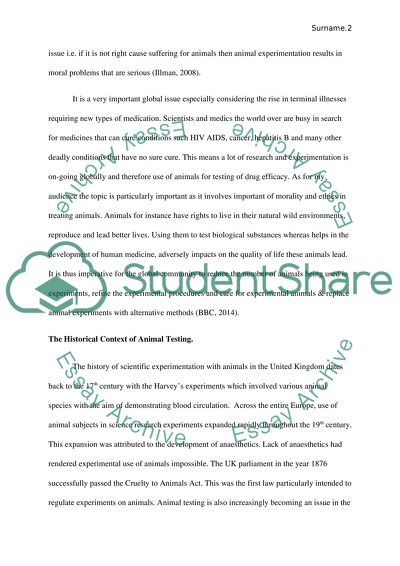Cite this document
(“Animal Cruelty Research Paper Example | Topics and Well Written Essays - 2500 words”, n.d.)
Retrieved from https://studentshare.org/environmental-studies/1691370-animal-cruelty
Retrieved from https://studentshare.org/environmental-studies/1691370-animal-cruelty
(Animal Cruelty Research Paper Example | Topics and Well Written Essays - 2500 Words)
https://studentshare.org/environmental-studies/1691370-animal-cruelty.
https://studentshare.org/environmental-studies/1691370-animal-cruelty.
“Animal Cruelty Research Paper Example | Topics and Well Written Essays - 2500 Words”, n.d. https://studentshare.org/environmental-studies/1691370-animal-cruelty.


